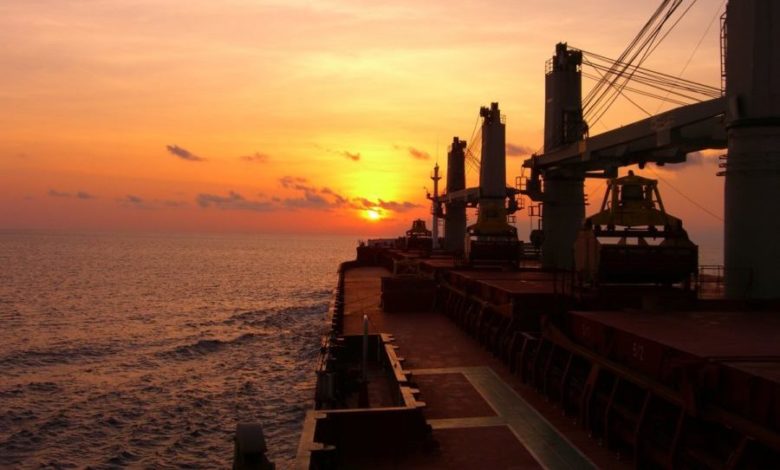
Despite opposition in some quarters, the Baltic Exchange has moved ahead with plans to take handysize earnings out the Baltic Dry Index (BDI).
Effective March 1, the London institution, now owned by the Singapore Exchange, will re-weight the BDI to the following ratios of timecharter assessments: 40% capesize, 30% panamax and 30% supramax.
When the exchange first floated the idea last year it immediately attracted criticism from a host of handy operators contacted by Splash.
Nevertheless, Baltic Exchange chief executive Mark Jackson argued yesterday the changes were in step with the changing shipping markets.
“The Baltic Exchange has been publishing the Baltic Dry Index in various forms since 1985 when it started life as the Baltic Freight Index. Like any aggregate index, its composition has changed over the years to reflect changes to the underlying market. In our case this means ensuring that the BDI broadly reflects dry bulk global trading patterns. The new weightings are simply the next phase of development in this process. We have listened carefully to feedback from Baltic Exchange members and the majority were enthusiastic about the changes and the opportunities it offers,” Jackson said in a statement issued to the press.
External research carried out for the Baltic showed that the contribution of the various dry bulk vessel types to the dry bulk market was 40% capesize, 25% panamax, 25% supramax and 10% handysize. This analysis was based on the fleet composition, vessel utilisation including ballasting and total cargo moved – based on import/export reports and AIS data, the BDI weightings will be reviewed on an annual basis.
“The decision to not include Handysize contributions makes no statistical difference to the calculation of the BDI, based on the above weightings,” the exchange stated in a release.
The Baltic Exchange will continue to report the handysize vessel market and in November, as part of the ongoing review of its indices, launched a trial of a new handysize Imabari 38 benchmark vessel and seven timecharter routes.
